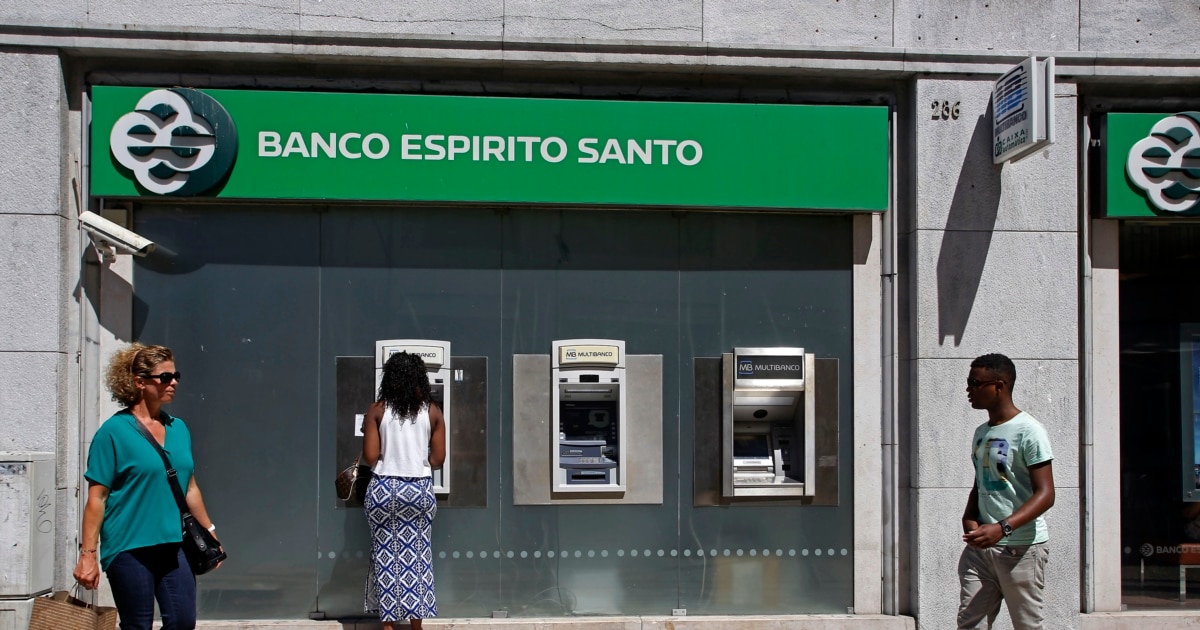
neutral. While the beginning of the year was marked by strong growth in Europe, the end of the first half shows a very different picture. The final HCOB composite PMI of activity in the euro area published by S&P Global fell to 49.9 from 52.8 in May. This level is much lower than the expected “flash” PMI published at the end of June at 50.3 for the same period.
The HCOB PMI Composite Index, when it is less than 50 shows a slowdown in the economy, and includes the services sector and the industrial production sector. Data by country points to a downward trend in the eurozone as a whole in June. The composite PMI fell in each of the five economies surveyed and even indicated, in Italy and France, the first drop in overall activity for six and five months, respectively.
While growth in services continued, it was at a slower pace than in previous months. The HCOB PMI of services activity in the Eurozone fell to 52 in June from 55.1 in May. After a weak performance in the last quarter of 2022 and then a recovery at the beginning of 2023, the services sector again registered a sharp decline in expansion in June, and this is in the four main economies of the eurozone. The slowdown in the growth of services activity in the region was accompanied by a slowdown in the increase in new business, the easing of inflationary pressures, as well as a decline in activity prospects. Cyrus de la Robbia, Chief Economist at Hamburg Commercial Bank commented in a press release.
Dial at half mast
This weak continuation of the increase in activity was also offset by a sharp decline in output in the manufacturing sector. Thus, the HCOB PMI for Eurozone manufacturing published on Monday, July 3, settled at 43.4 against 44.8 in May.
“The slump in overall activity reflects a deterioration in demand in June, with the latest composite survey data already highlighting the first (albeit modest) drop in new business volumes since last January in the private sector in the eurozone.”can we read in the S&P Global study.






